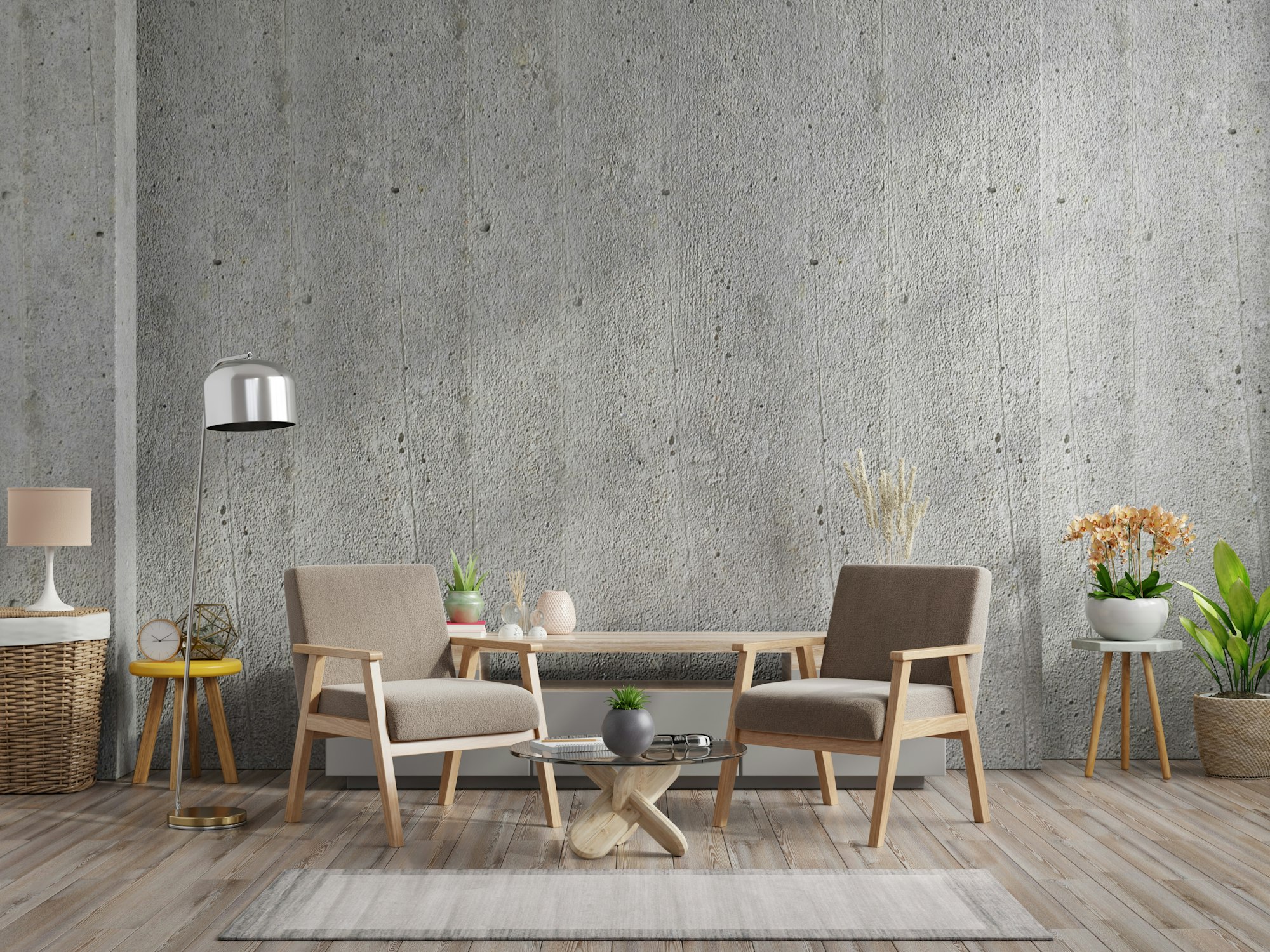How to Design a Space-Saving Guest Sleeping Loft in a High-Ceiling Home?

High-ceiling homes offer a unique opportunity to create an additional sleeping space without compromising the existing living area. One such innovative solution is designing a guest sleeping loft. This clever design idea helps to utilize the vertical space typically left unused in rooms with higher ceilings. A loft setup is not only an excellent way to maximize your home’s square footage, it also adds an element of uniqueness to your living space. In this article, we will guide you through the process of designing a guest sleeping loft that is functional, comfortable, and space-saving.
The Conceptualization Stage: Dream Up Your Space
Before you start tearing down walls or calling in contractors, it’s crucial to conceptualize the loft space you wish to create. Think about how you expect the loft to function and who it will serve. Is it just for sleeping, or will it double as a study or reading nook? Will it primarily be used by children, teenagers, adults, or guests of all ages? This is also the perfect time to gather design ideas and inspirations. Look through design websites, loft home tour videos, or even Pinterest to get a sense of the style and functionality you want to achieve.
Avez-vous vu cela : How to Choose the Perfect Sustainable Material for Kitchen Countertops?
The Design Stage: Making the Most out of a Small Space
Now that you have a rough idea of what you want, it’s time to transfer those ideas onto paper. Start sketching out a rough layout of the space. You don’t need to be a professional architect to do this – simple rough sketches will do. At this stage, keep in mind the dimensions of your room and ceiling height. This will help you understand how best to utilize the available space and ensure the loft does not feel cramped once installed.
Consider incorporating multifunctional furniture into your design. Pieces like Murphy beds, which can be folded into a wall or cabinet when not in use, or storage benches can drastically increase the usability of the space. Moreover, think about how the loft will blend into your existing room design. Will it be an extension of the guest room, a secluded corner in your studio, or a fun addition to your living room?
A lire aussi : What’s the Best Way to Create a Discrete Gaming Station in a Family Room?
The Building Stage: Contacting the Right Professionals
Once you’re satisfied with your design, the next step is to take it to the professionals. This is where a team of efficient contractors comes in. Choose a contractor who has experience in loft construction and is aware of the necessary safety regulations. Make sure to communicate your design ideas clearly with them. This stage is the most crucial one as it transforms your vision into reality.
Your contractors will be responsible for building the structure of the loft, incorporating the necessary storage solutions, and ensuring the safety of the loft. They should also be able to help you with any necessary permits or legal requirements.
Lighting and Decorating the Loft
Lighting and decorating the loft is a significant part of the design process. You’ll want to ensure the loft is well-lit and inviting. If your home allows, consider incorporating natural light sources. Skylights or large windows can make the loft feel more open and less confined. If natural light is not an option, think about installing a mix of ambient, task, and accent lighting to create a warm and cozy atmosphere.
For the loft décor, opt for light, neutral colors to make the space seem larger. Incorporate textures and patterns to add depth and visual interest. If the loft is to serve multiple purposes, use rugs, screens, or furniture arrangement to divide the space into distinct areas.
Integrating the Loft with the Rest of Your Home
The last step in designing your guest sleeping loft is to integrate it with the rest of your home. This includes considering how traffic will flow from the main level to the loft, how the loft will affect the lighting and view in the rest of the house, and how the loft aesthetics will blend with the rest of your home design.
The kitchen, for example, should not be directly under the loft as it might be uncomfortable for the guest due to the noise and smells. The loft should ideally be positioned above a quieter area like the living room or guest room.
In conclusion, designing a guest sleeping loft in a high-ceiling home is an exciting project that can add value and functionality to your home. It’s a process that requires careful conceptualization, design planning, professional execution, thoughtful lighting and decoration, and integration with the rest of your home. But with careful planning and execution, you can create a unique, comfortable, and functional guest sleeping loft that your visitors will love.
Factors to Consider When Choosing Furniture for Your Loft
Choosing the right furniture for your loft is not just about style and functionality. It’s also about understanding how different pieces can effectively maximize your loft space. For instance, you might want to consider loft beds. Loft beds are a remarkable space-saving solution for small lofts, as they free up floor space, enabling you to use the area underneath for seating, storage, or even a home office.
Another piece of furniture worth considering is a Murphy bed. This bed can be stored vertically against the wall, or inside a closet or cabinet, freeing up floor space when not in use. This makes it an excellent choice for a guest sleeping loft, as it can be hidden away when your guests leave, effectively transforming the space for other uses.
You also need to think about storage space. Multifunctional furniture such as storage benches or ottomans can serve dual purposes – they provide seating and storage. This means you can store items such as linen, pillows, and books inside them, helping to keep the loft tidy and organized.
In terms of style, always bear in mind the existing design of your living room or guest room. Match the loft furniture with the color scheme and theme of these rooms to achieve harmony in design. Image credit can be a helpful source of inspiration for this.
Lighting and Decorating the Loft for Comfort and Functionality
Lighting is a crucial element in any interior design setup. For a loft, it’s even more vital due to the space’s unique structure. If your loft design allows for it, utilizing outdoor lighting or skylights can give the room a sense of openness. Natural light can make the space feel larger and more inviting. If natural light isn’t an option, don’t fret. You can still achieve a cozy atmosphere by using a mix of ambient, task, and accent lighting fixtures.
When it comes to decorating your loft, you should also consider the bathroom area. If you plan to include a bathroom in the loft, consider installing bathroom vanities. A bathroom vanity can serve as a focal point in your bathroom design, providing much-needed storage space and contributing to the overall aesthetic of the loft.
Furthermore, remember that the decoration of your sleeping loft should reflect the general design concept of your home. Make use of light neutral colors to enhance the feeling of spaciousness. Incorporate textures and patterns to add depth and visual interest.
Conclusion
Designing a sleeping loft in a high-ceiling home proves to be both a challenge and an opportunity. It’s a unique chance to maximize space, enhance the interior design of your home, and provide a comfortable and stylish place for your guests to stay. From the initial conceptualization to the final integration of the loft with the rest of your home, every step is crucial.
This includes considering loft beds, Murphy beds, and multifunctional furniture during the design stage, as well as paying attention to lighting, wall decor, and furniture outdoor during the decoration stage. Moreover, thinking about the positioning of bathroom vanity or bathroom vanities, providing adequate storage space, and ensuring a seamless flow between the loft and the rest of your home are all vital considerations.
Although it requires careful planning and execution, the outcome can significantly enhance your home’s value and functionality. The loft can serve as a guest room or a home office, depending on your needs. With the right blend of creativity and practicality, your loft project can result in a space that is not just aesthetically pleasing, but also functional and comfortable.
